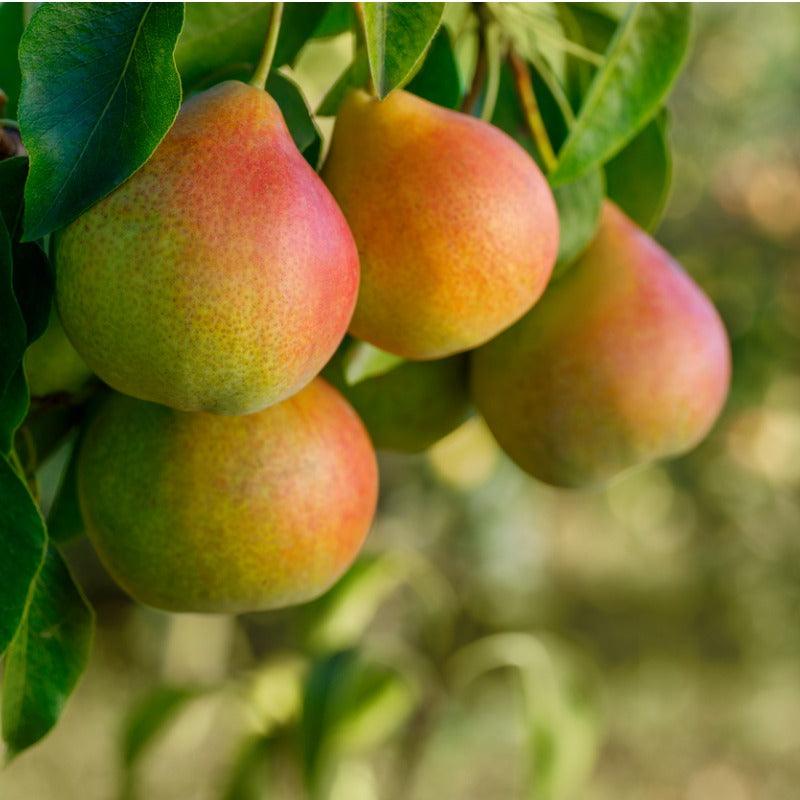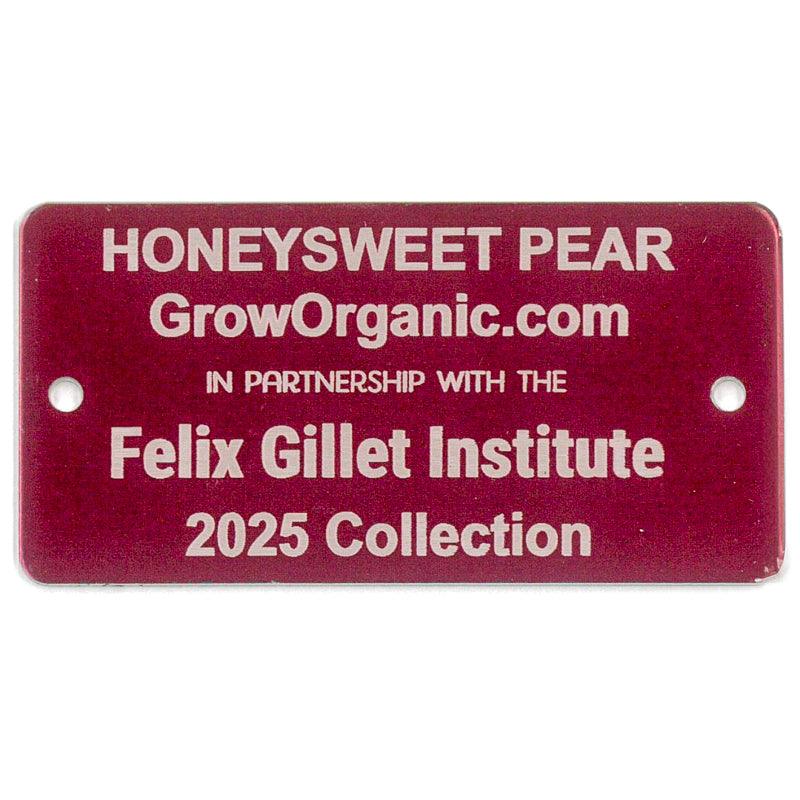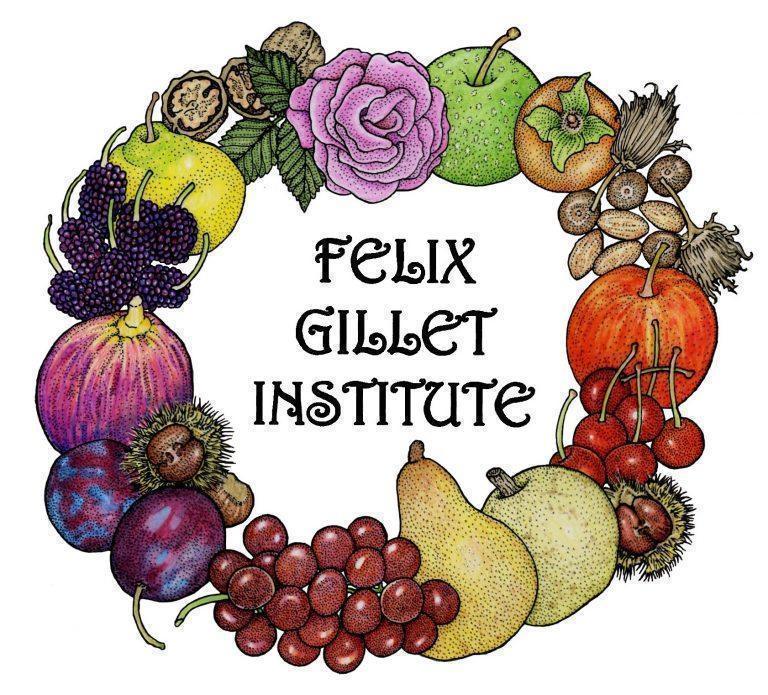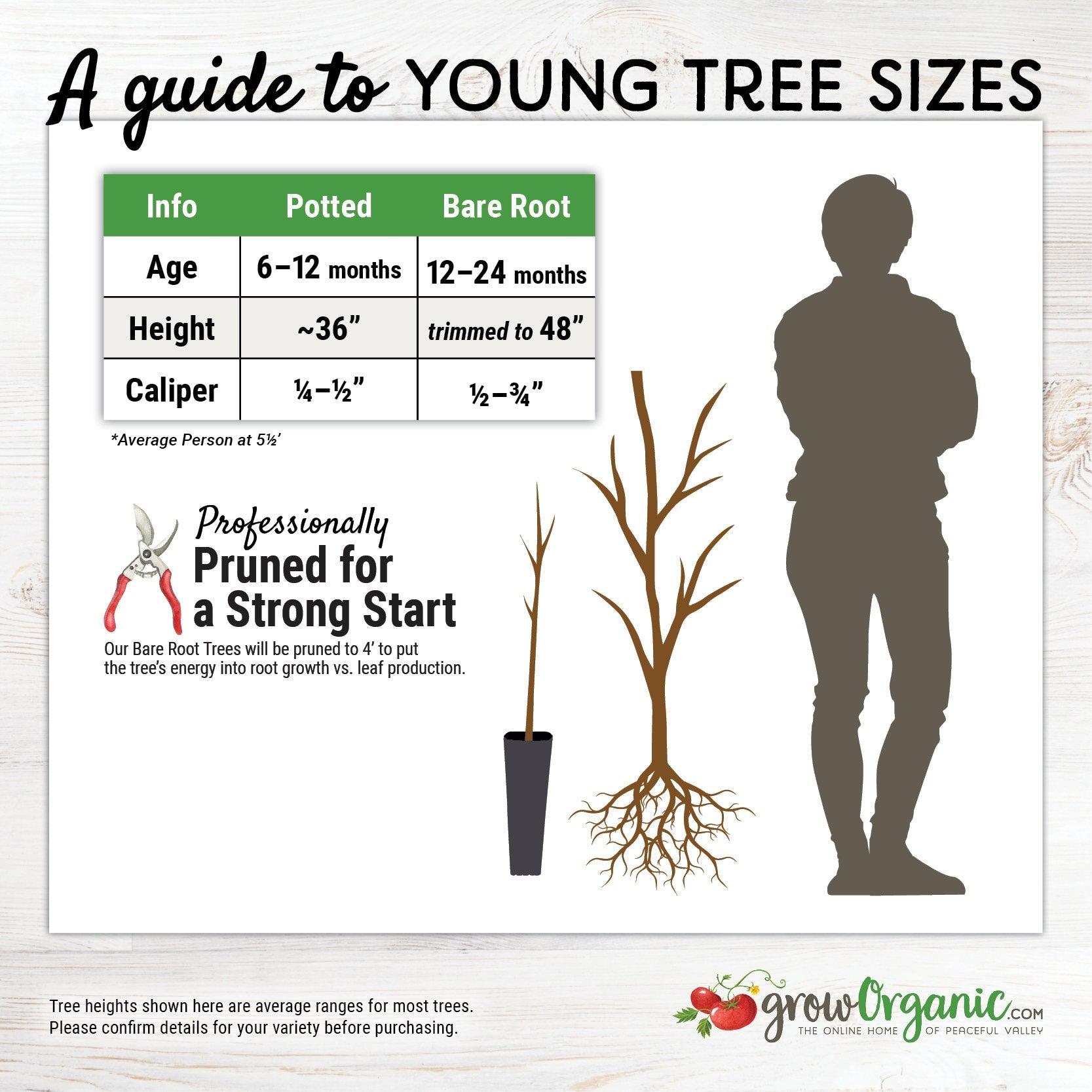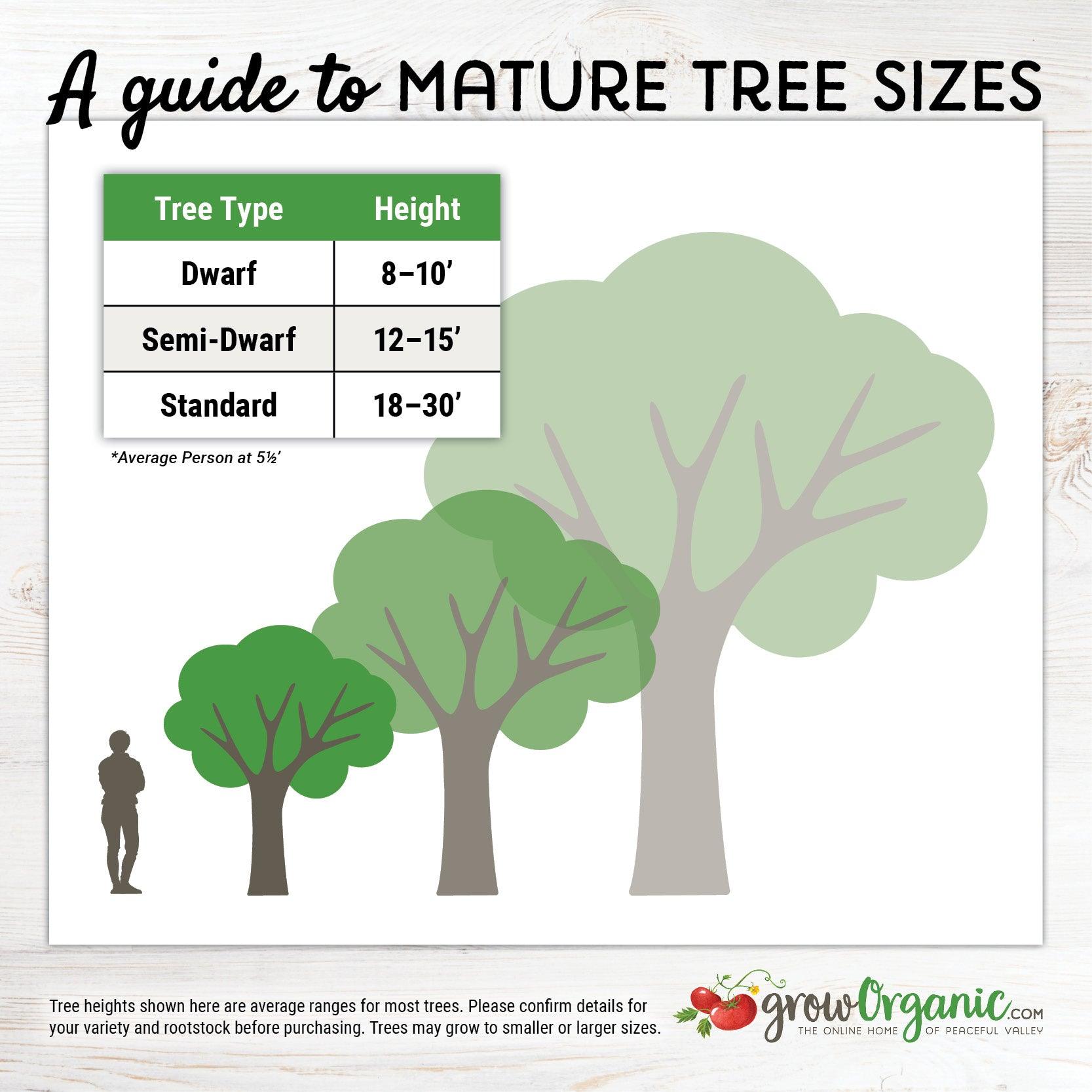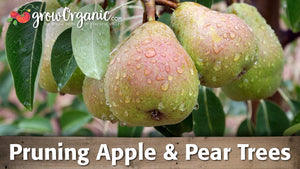Item Number: FT374
Honeysweet Pear Tree
Lusciously Smooth, Buttery Pear with a Rich Flavor
Every rare tree purchase supports historical orchard preservation
Limited availability—reserve up to 5 rare trees per order while supplies last
Each handpicked tree includes a durable etched metal display tag.
Semi Dwarf on OHxF333 GS Rootstock
The Honeysweet Pear tree is a remarkable cultivar that stands out not only for its delightful fruit but also for its resilience and historical significance. This pear tree combines the best attributes of the beloved Seckle Pear, often referred to as the "Sugar Pear," with enhanced size and resistance to fireblight, a common disease affecting pear trees. The result is a medium-sized, buttery, and high-quality fruit that is both flavorful and sweet, making it a favorite among home gardeners and orchardists alike.
Historical Significance and Origin
The Honeysweet Pear also has a local historical significance, having been discovered in Grass Valley near Cedar Ridge. This exceptional tree, with its outstanding fruit quality, quickly gained recognition and became a popular choice for those seeking a reliable and high-yielding pear tree. Its historical roots, coupled with its exceptional fruit and tree characteristics, make it a truly special cultivar.
How to Grow a Honeysweet Pear Tree
Growing a Honeysweet Pear tree is a rewarding experience for both novice and experienced gardeners. The tree is known for its vigor and health, making it relatively easy to cultivate with the right care and conditions. Here are some key considerations for growing a Honeysweet Pear tree:
- Site Selection: Choose a location that receives full sun, as pear trees require at least 6-8 hours of direct sunlight daily for optimal growth and fruit production. The site should also have well-drained soil to prevent waterlogging, which can lead to root rot and other issues. Slightly acidic to neutral soil pH (6.0-7.0) is ideal for pear trees.
- Planting: The best time to plant a Honeysweet Pear tree is in the early spring or late fall when the tree is dormant. This allows the roots to establish themselves before the growing season begins. Dig a hole that is twice as wide and just as deep as the root ball. Place the tree in the hole, ensuring that the graft union (the point where the rootstock and scion meet) is above the soil level. Backfill the hole with soil, gently tamping it down to remove air pockets. Water thoroughly after planting.
- Watering: Young pear trees require consistent moisture to establish a strong root system. Water the tree deeply once a week during the growing season, providing about 1-2 inches of water per week. As the tree matures, it becomes more drought-tolerant, but regular watering during dry spells will ensure healthy growth and a good harvest.
- Fertilization: To promote healthy growth, fertilize the tree in early spring before new growth begins. Use a balanced, slow-release fertilizer or organic compost to provide essential nutrients. Avoid excessive nitrogen, as this can encourage excessive vegetative growth at the expense of fruit production.
- Pruning: Pruning is essential for maintaining the health and productivity of the Honeysweet Pear tree. Prune the tree in late winter or early spring, before new growth begins. Focus on removing dead, damaged, or diseased branches, as well as any branches that are crossing or rubbing against each other. Shape the tree to an open, vase-like structure to allow sunlight and air to penetrate the canopy, reducing the risk of disease and encouraging even fruit ripening.
- Pest and Disease Management: Honeysweet Pear is known for its resistance to fireblight, a serious bacterial disease that can devastate pear trees. However, it is still important to monitor for other common pests and diseases, such as aphids, pear psylla, and pear scab. Implementing good cultural practices, such as proper spacing, pruning, and sanitation, can help reduce the risk of pest and disease problems. In some cases, organic or chemical controls may be necessary.
Harvesting Pears
One of the most rewarding aspects of growing a Honeysweet Pear tree is harvesting its delicious fruit. The pears ripen in late August to September, depending on the local climate and growing conditions. The fruit should be picked when it is still firm but beginning to change color. Unlike some other fruits, pears ripen off the tree, so it is best to pick them slightly underripe and allow them to ripen indoors.
To harvest the pears, gently lift the fruit and twist it slightly. If the pear detaches easily from the tree, it is ready to be harvested. Avoid pulling or yanking the fruit, as this can damage the tree and affect future fruit production. After harvesting, store the pears in a cool, dry place to allow them to ripen fully. They can be eaten fresh, dried, juiced, or used to make perry, a traditional pear cider.
Uses and Benefits
The Honeysweet Pear is highly versatile and can be used in a variety of culinary applications. Its medium size and buttery texture make it perfect for fresh eating, while its sweetness lends itself well to drying and juicing. The pears can also be used to make perry, a fermented pear cider that has been enjoyed for centuries. In addition to its culinary uses, the tree itself is an attractive addition to any landscape, with its beautiful blossoms in the spring and lush green foliage throughout the growing season.
Conclusion
The Honeysweet Pear tree is a testament to the successful combination of traditional fruit qualities with modern agricultural advancements. Its historical significance, exceptional fruit, and ease of cultivation make it a valuable choice for gardeners and orchardists. Whether you are looking to grow a pear tree for its delicious fruit or to add a historical tree to your garden, the Honeysweet Pear is an excellent option that will reward you with years of productivity and enjoyment.
For more information about different types of rootstocks and how they influence tree size and growth, see our Tree Rootstock Characteristics Chart.


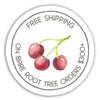
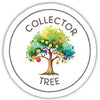
Check Your Zone Compatibility:
Compatible with your zone.
Growing Zone for

Our Guarantee To You
Since 1976, we've served our customers at every stage of growing. Please contact us at any time. We are happy to support and assist you.
Shipping Information
Shipping Information
Cannot ship to the following states: HI, AK, PR, GU, VI
Shipping Weight: 5.0 lb
Dimensions: 47.5"L x 7.3"W x 2.75"H
Features
Features
- Bare Root
- Self-fruitful
- Suited to Warmer Climates
Characteristics
Characteristics
Planting & Care
Planting & Care
Useful Information
Useful Information
Guarantee
Guarantee
Limited Dormant Tree & Plant Guarantee
* Claim deadline is June 15th
We guarantee that your dormant tree or plant will arrive in good, viable condition. If your tree arrives in substandard condition, notify us within 3 days of delivery. Please email pictures of the box, inside packaging, the tree and its roots to helpdesk@groworganic.com. We will investigate your claim and process a request to exchange or refund the damaged product.
If your dormant tree or plant has not grown new leaves by June 15th, you may be eligible for our Limited Dormant Tree & Plant Guarantee. This guarantee provides for a store credit for the purchase price of the tree, excluding shipping. Please see the Instructions below.
Important Dates:
- April 1st Dormant trees/plants must be planted in the ground
- May 15th Perform scratch test, if no new leaves have grown
- June 15th Deadline to apply for a dormant tree/plant credit
All required documentation must be received by June 15th for your claim to be considered. Claims or documentation received after June 15th will be denied, without exception. Instructions listed below
Terms and Conditions
We cannot guarantee that your tree or plant will remain alive and healthy after it is received, or bear fruit as there are too many variables in your environment that are beyond our control (i.e. soil preparation, weed and pest control, proper irrigation, chill hours, compatible hardiness for your growing zone, proper choice of pollinator, extreme weather, rodent damage, disease, etc.).
We cannot guarantee that we will be able to provide a replacement tree/plant of the same species either that same growing season or in future years. Customers are responsible for all shipping fees associated with replacement trees and plants.
If we determine that the tree you purchased directly from us is not viable, we will issue you a store credit (not a refund) for the purchase price of the affected dormant tree or plant. Shipping is not included in the dormant tree/plant guarantee. Store credits can be used to purchase any product we sell and are valid for use only until July 1st of the following year.
Historically, 98% of our dormant trees and plants grow and thrive when they have been cared for and planted using our growing guides. Dormant trees and plants must be planted in the ground by April 1st in order to be eligible for credit. If the ground in your area is still frozen solid, you may temporarily plant your tree or plant in a pot.
Potted, non-dormant trees or plants are excluded from this guarantee as they are not dormant at the time of shipment. Evergreen trees such as citrus, avocado and olive trees are not available for credit under the Dormant Tree and Plant Guarantee.
Instructions
We guarantee that your dormant fruit tree or plant will leaf out, if you care for it according to our growing guides. In the unlikely event that your dormant tree or plant does not have leaves by May 15th, follow these simple steps to apply for a store credit:
Before you call or email, please perform a “scratch test” to determine if the tree or plant is still alive. This video shows how to check for live tissue under the bark. Scratch tests need to be done a few inches above and below the graft.
Green Cambium Layer / Living Trees
If the cambium layer under the bark is green, give your tree a little more time. It is still alive, but hasn’t come out of dormancy yet. Check to make sure that it is getting the right amount of deep root water, enough sunlight and that the weather is warm enough for that type of tree/plant to come out of dormancy. Every tree has its own personality and will come out of dormancy at different times. Be sure to submit the required documentation listed below by June 15th, if it doesn’t grow leaves.
Brown Cambium Layer / Dead Trees
If the scratch test shows a brown cambium layer or if your dormant tree/plant doesn’t have leaves by June 1st, please email us at helpdesk@groworganic.com. All required documentation listed below must be received by June 15th for your claim to be considered. To be considered for the guarantee claim, all required documentation must be received by June 15th. Incomplete submissions will be denied.
Required Documentation
- Order number
- Name of dormant tree/plant and the quantity affected
- Photos of each tree or plant showing:
- The roots (tree or plant must be pulled out of the ground)
- The scratch test areas
- The entire tree/plant
We reserve the right to not issue credit for items that have already been replaced. We also reserve the right to require photographic evidence that the tree/plant was not killed by root rot, rodent or mechanical damage.
Share
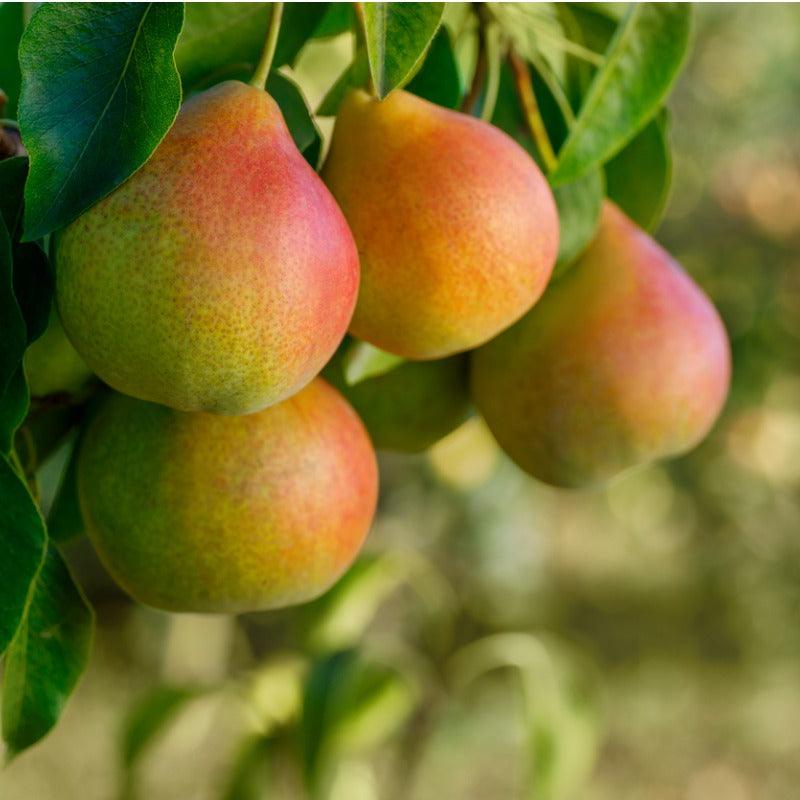
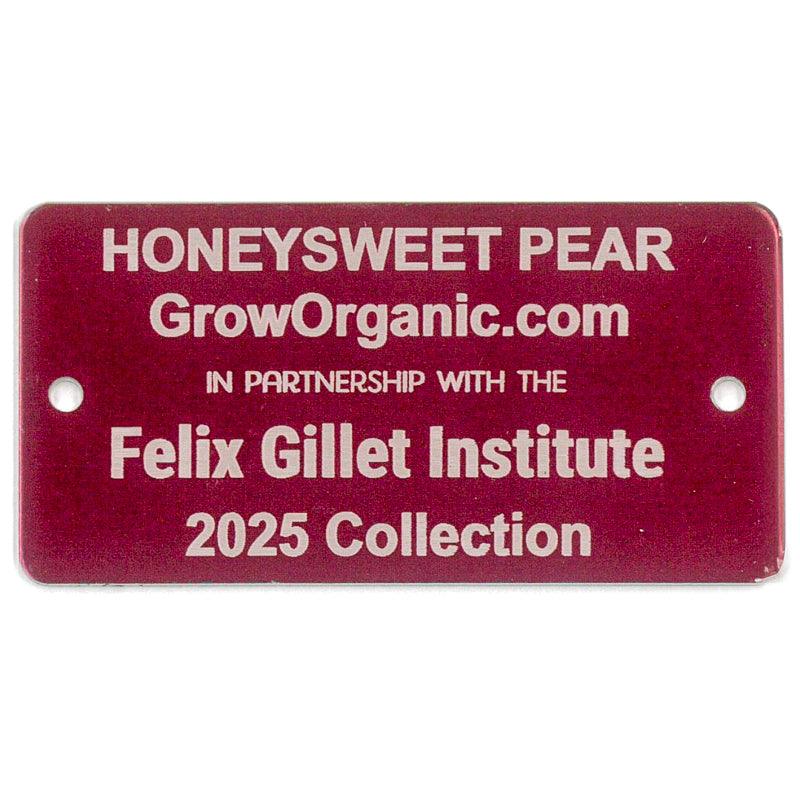
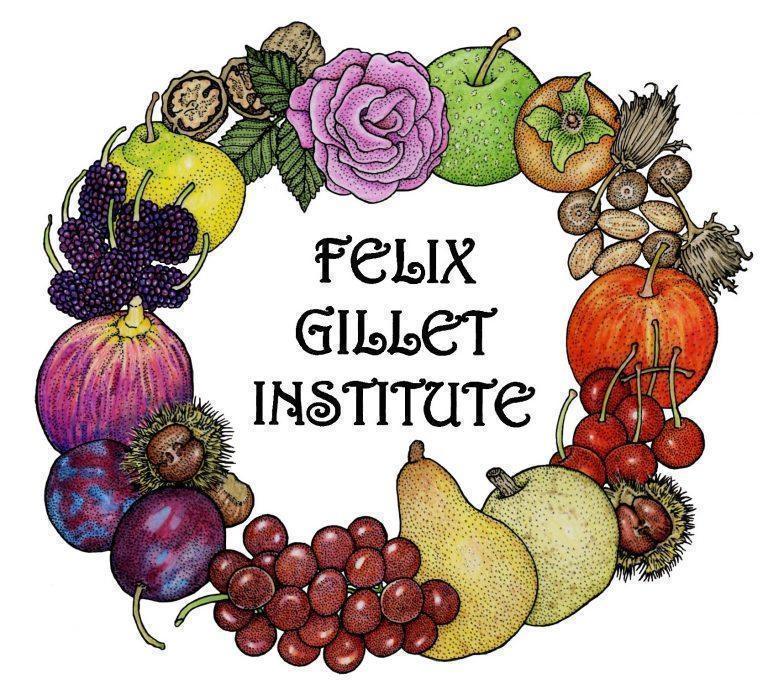
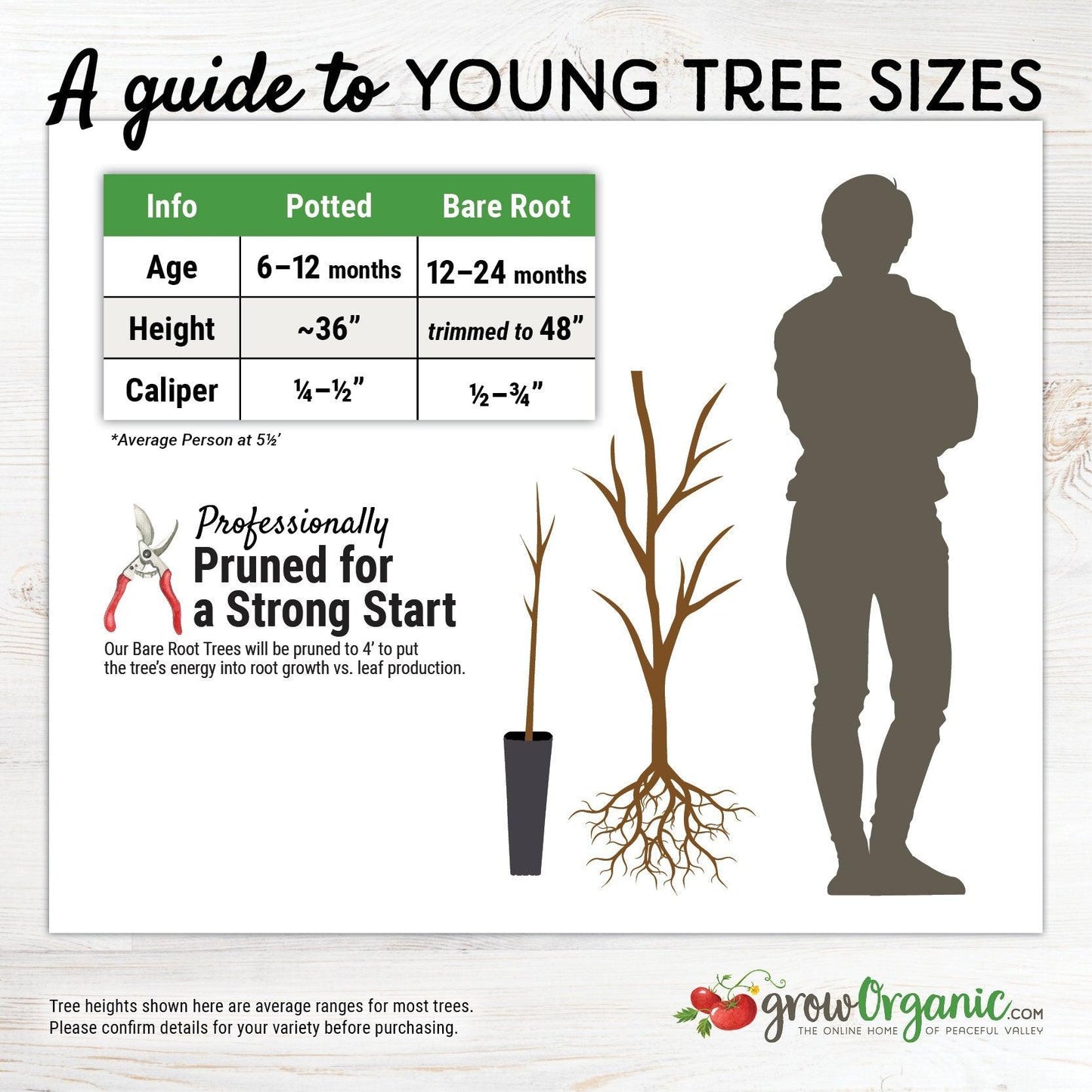
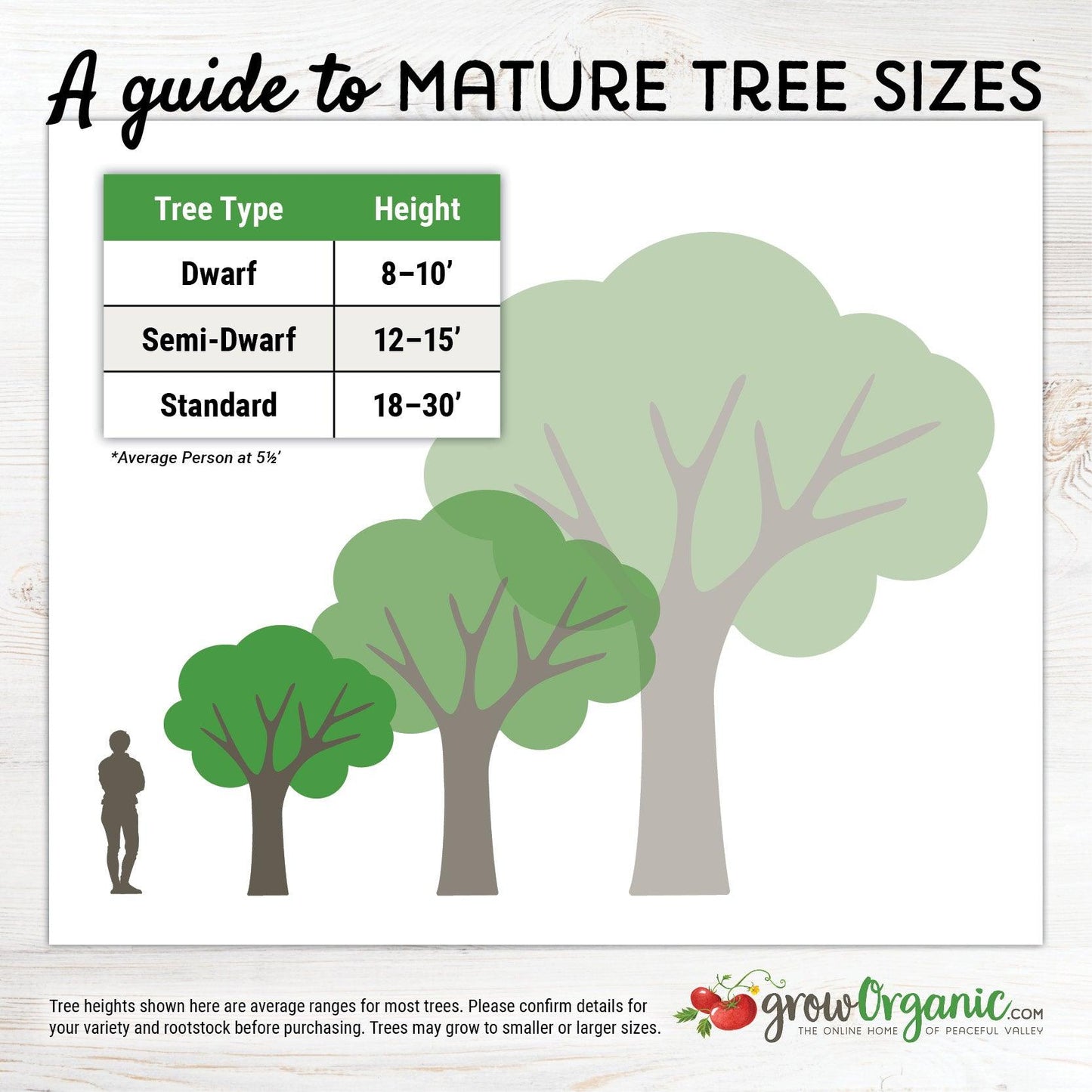
Both trees arrived in good shape- too early to tell until after budding and year in ground

